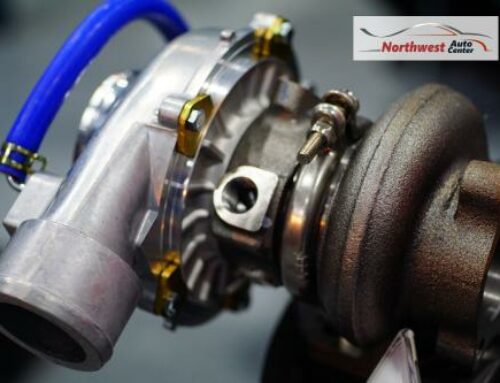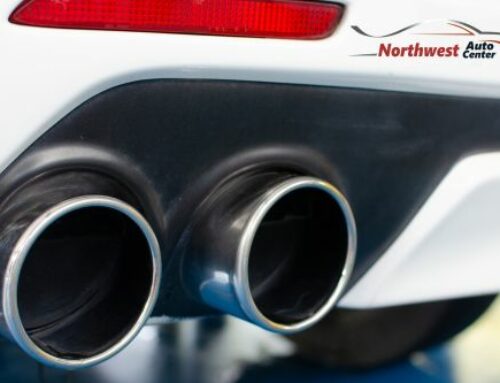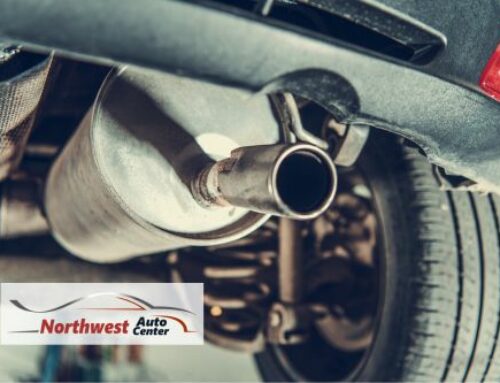Ah, the classic debate: two-wheel versus four-wheel drive cars.
When Googling, the number of questions that went like these shocked us…
- How do you drive a car with only two wheels?
- Is it safe to drive cars with only two wheels that work?
- Is your vehicle totaled when it has two wheel drive?
Having a two-wheel drive car doesn’t mean only two wheels exist. It all comes down to a difference in power.
Two-Wheel Versus Four-Wheel Drive
The difference is not the number of wheels, but the number of wheels that are actively driving the car forward or backward.
With two-wheel drive models, either the front or rear set of wheels is in charge of power and movement. With four-wheel drive, all four wheels are actively propelling the car in it’s given direction.
It’s fairly evident that a two-wheel drive vehicle doesn’t have as much “get up and go” compared with a four-wheel drive car with a comparable engine. It’s up to half of the wheels to get it going while the other two follow suit.
Front-Wheel Drive and Rear-Wheel Drive
 Within the two-wheel drive family, there is a divide between front-wheel (FWD) and rear-wheel (RWD) cars.
Within the two-wheel drive family, there is a divide between front-wheel (FWD) and rear-wheel (RWD) cars.
Front-Wheel Drive
Today, the majority of passenger cars are front-wheel drive, meaning the power produced by the engine routes through the front axel.
Why the popularity? FWD designs have the advantage of being cheaper and more space-efficient when designing and manufacturing.
Additionally, they have better traction.
With the propulsion happening under the heavy engine, the tires are forced down and in contact with the road. This is especially helpful on slippery road conditions during rain or snow storms as well as climbing hills.
Rear-Wheel Drive
As time goes on, less and less rear-wheel drive vehicles inhabit the road.
Why? Because fewer companies continue making them.
Compared to their two-wheel drive counterparts, RWD vehicles require more bulky designs. Including an additional driveline transferring power from the front of the car to the rear tires.
And when it comes to less than ideal driving conditions, RWD “is the worst configuration” according to Todd Harris the President of the Pro Drive Racing School.
With the majority of the weight being on the opposite end of the vehicle, the tires propelling the car aren’t forced into contact with the road. And when they do lose traction, they are even harder to control than FWD vehicles as the likelihood of oversteering is higher, causing you to fishtail.
Four-Wheel Drive Models
 While used interchangeably at times, the difference between four-wheel (4WD) and all-wheel drive (AWD) comes down to when power is given to each wheel and how.
While used interchangeably at times, the difference between four-wheel (4WD) and all-wheel drive (AWD) comes down to when power is given to each wheel and how.
Four-Wheel Drive
Four-wheel drive (4WD or 4×4) vehicles are made for off-roading. Their systems send equal power to all four wheels, causing the wheels to spin at the same speeds at constant rates.
This equal split allows for better maneuverability over uneven, tough and low-traction terrain (usually found off-roading).
But, all this extra “grip” makes 4WD vehicles less than ideal for everyday driving and commuting. For example, turning. Naturally, your wheels want to move at different speeds when going around turns or making a sharp turn. This is difficult for a car in 4WD — which is why many modern 4WD systems are part-time.
Part-Time Four-Wheel Drive
Modern 4WD vehicles can also be a two-wheel drive system with the touch of a button, flick of a switch or yank on a lever. This makes them more comfortable to drive while commuting or traveling on smooth surfaces, but still be able to power through off-road situations when needed.
Also, many 4WD offers multiple gears.
4-Low Versus 4-High
High versus low comes down to when you need speed versus when you need more torque.
With 4-High, drivers can travel at faster speeds — ideal for when you need more traction on slippery road conditions, like icy or snowy roads or unpaved, gravel roads. However, that doesn’t give drivers free reign on speed, keep it at least below 55mph to prevent damage to your transfer case.
4-Low is ideal for the most extreme off-roaders. When situations call for more torque to travel steep terrain, uneven terrain or deep sand or mud, 4-Low is your ticket. But remember, if you find yourself going over 15mph, it’s time to switch back to 4-High or risk damaging your vehicle.
Luckily, the switch from 4-Low to 4-High can usually happen without stopping. For the correct procedures from switching to 4-Low from 4-High or from 4WD from the two-wheel drive mode, read your car’s owner manual.
All-Wheel Drive
With all-wheel drive vehicles, your car is always using power to all four wheels. But, the power isn’t equally dispersed.
Unlike the equality of 4WD, AWD vehicles vary the power to individual wheels based on what the system needs.
For example, when one axel begins slipping, more power is sent to the other axel in hopes you find more traction. AWD is ideal for drivers experiencing inconsistent road conditions, like those frequently driving in snow or rainy conditions.
AWD is all about working smarter, not harder.
However, AWD and 4WD may not be the answer to driving in snow or sand — good, rated tires are. Too often drivers become overconfident in their four-wheel drive forgetting it does not help with turning or braking.
No matter which vehicle type you own, it’s all about understanding the limitations of your drive system. While the two-wheel drive versus four-wheel drive has merits for off-roading and less-than-ideal conditions, knowing what you can feasibly handle on the road is required for every vehicle type.
And no, two-wheel drive doesn’t mean a motorcycle.






[…] Previous […]